Japan is a consumer-driven country where shopping is everywhere — from supermarkets and department stores to 24-hour convenience stores. Excess packaging is common, making plastic-free shopping a challenge and leading to rapid waste accumulation. Amid this plastic overload, we explore the reasons behind it, the challenges of waste management, and emerging eco-friendly initiatives.
- The Culture of Overpackaging Food Products
- Why Such An Abundance of Packaging and Plastic?
- Other Daily Disposable Items in Everyday Life
- How Does Japan Practice Selective Sorting and Waste Collection?
- How Does Recycling and Waste Disposal Work in Japan?
- Japan’s Future Waste, Ecology, and Environmental Goals
- Moving Towards Better Waste Reduction and Recycling in Japan
- Kamikatsu, the Zero Waste Japanese Village
The Culture of Overpackaging Food Products
Does Japan use a lot of plastic? Yes, plastic is deeply rooted in everyday life, and Japan is the world’s second-largest producer of plastic waste per capita, behind the United States. In 2018, the annual national plastic production was 9.4 million tonnes.
Shopping in Japan often means accumulating plastic. Meat and fish come in plastic or polystyrene trays sealed with cellophane, while fruits and vegetables are frequently pre-packaged in plastic film or trays. Some, like mangoes, melons, and even carrots or peppers, are individually wrapped, while others, such as pears and peaches, are further protected with polyester nets. Even loose produce gets bagged at checkout, making plastic nearly impossible to avoid — even in stores promoting “natural” products.
Beyond product protection, individual packaging is the norm in Japan. Biscuits often come in separate plastic wrappers, sometimes placed on plastic trays. At checkout, cashiers rewrap meat, fish, and small items in additional plastic bags — though customers can politely refuse, it’s not a common practice and may be met with surprise. After checkout, packing tables offer self-serve plastic bags, frequently used to prevent spills or keep shopping bags clean during transport.
Why Such an Abundance of Packaging and Plastic?
Japan’s reliance on plastic is deeply rooted in cultural traditions. Packaging is nearly as important as the product itself, especially for gifts, where meticulous wrapping symbolizes respect and quality. This is evident in furoshiki 風呂敷, the traditional art of fabric wrapping. Beyond aesthetics, plastic also represents hygiene — an essential value in Japan. Its durability, affordability, and ability to protect products reinforce its widespread use, making it a key element of Japanese consumer culture.
Japan is a consumer-driven society where commercial advertisements and retail opportunities are omnipresent. From bustling shopping centers and supermarkets to konbiniコンビニ and ekiben 駅弁kiosks at train stations, shopping is deeply ingrained in daily life. Even temples feature jidohanbaiki 自動販売機 vending machines. This strong consumer culture has been a driving force behind Japan’s economic success, fueled by continuous and robust domestic spending.
Other Daily Disposable Items in Everyday Life
Dining out in Japan often means using disposable chopsticks — typically made of wood but still contributing to waste. These waribashi 割り箸 are readily available at supermarket and konbini checkouts. Since office canteens are rare, many employees rely on konbini lunches, which come heavily packaged: ready-made meals in plastic or polystyrene trays, sliced fruit on plastic-wrapped trays, and even individually wrapped apples or bananas. Beverages follow suit, with soda cans, plastic-bottled green tea, and café lattes in plastic cups — often with plastic straws. To top it off, reheated meals and cold drinks are placed in separate plastic bags, turning the average lunch break into a plastic-heavy affair.
When it rains and you don’t have an umbrella case, plastic sleeves are available at the entrance of shops, restaurants, businesses, and administrations. Before entering, visitors slip their umbrellas into the sleeve to prevent it from dripping.
Ultimately, plastic waste represents about 37 kilos per capita per year in Japan. Packaging accounts for more than half of Japanese household waste by volume and almost a quarter by weight. According to the Ministry of the Environment, plastic packaging accounts for 68% of plastic waste generated in Japan.
How Does Japan Practice Selective Sorting and Waste Collection?
Despite Japan’s heavy plastic consumption, the country is remarkably diligent about waste separation and recycling. In fact, sorting waste in Japan is far more meticulous than in many Western countries. Since the late 1990s, municipalities have enforced strict sorting rules, often outlined in detailed booklets that can be overwhelming for newcomers.
It’s common to have at least four to five separate bins, each requiring specific collection bags: combustible waste, plastic waste, cardboard, glass, and cans/jars. At a minimum, burnable and non-burnable waste are separated, and plastic is often sorted from cardboard. Additionally, supermarkets, drugstores, and shopping centers provide recycling stations for newspapers, corrugated cardboard, ceramics, metal, and even hazardous materials.
Bulky waste disposal requires advanced booking, a printed voucher, and strict scheduling, making it impossible to simply throw large items away. While these rules may seem rigid, they are widely respected by Japanese residents, ensuring a highly organized waste management system.
How Does Recycling and Waste Disposal Work in Japan?
Despite Japan’s meticulous waste sorting, only 20% of total waste is actually recycled. The majority —nearly 75% — is incinerated, while the rest ends up in landfills.
When it comes to plastic waste, the numbers are even more concerning. 80% of plastic waste is burned, with 55-70% undergoing “thermal recycling,” where combustion generates thermal energy and electricity. Meanwhile, only 23% of plastic is repurposed into new materials, largely because Japan lacks the infrastructure for proper waste cleaning and mechanical recycling.
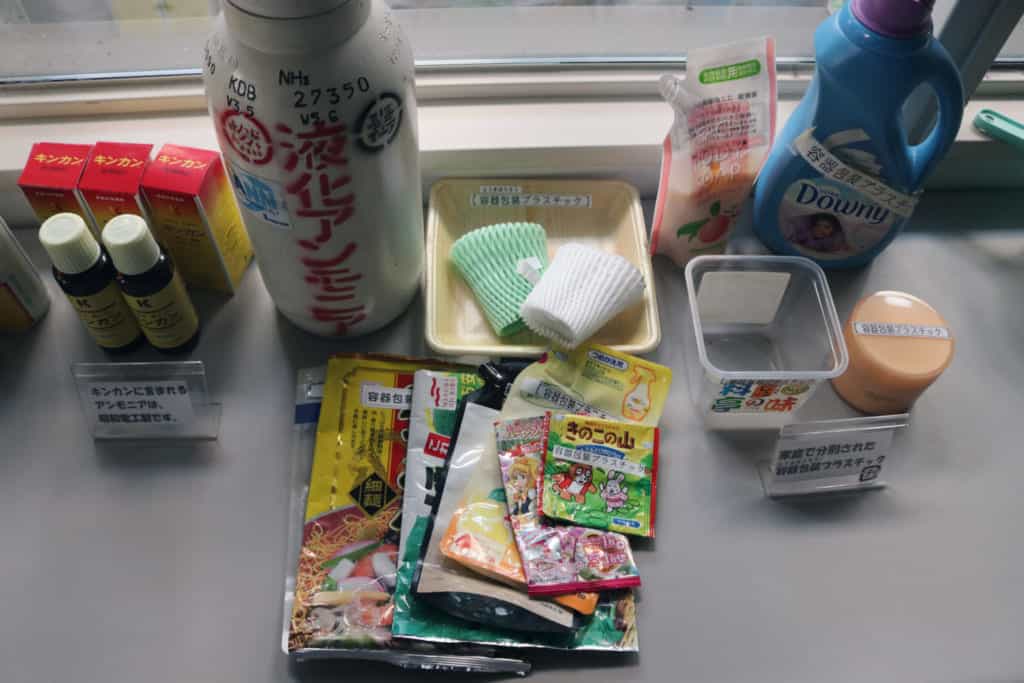
On the bright side, plastic bottle recycling is more efficient. With the average Japanese citizen consuming 183 plastic bottles per year, the country boasts an 85% recycling rate, one of the highest in the world. By 2030, Japan aims for 100% PET bottle recycling, repurposing them into new bottles or synthetic fabrics.
However, Japan is struggling with waste storage and processing capacity. Incineration contributes to carbon emissions and soil pollution, while overflowing waste is contaminating the seas. To cope, Japan has relied on exporting its sorted waste, with nearly three-quarters previously sent to China. But in 2018, China banned these imports, forcing Japan to reroute waste to Southeast Asian nations like Malaysia, Vietnam, Thailand, and Indonesia. Yet, these countries are now pushing back — Thailand is even considering banning plastic waste imports.
Without a long-term solution, Japan’s plastic problem remains a growing crisis, challenging its consumer-driven economy and environmental commitments.
Japan’s Future Waste, Ecology, and Environmental Goals
Japan has acknowledged the environmental crisis and the urgent need to reduce waste and improve recycling. Since launching the “3R” Initiative (Reduce, Reuse, Recycle) at the G8 Summit in 2004, progress has been mixed — recycling has improved, but reducing and reusing still lag behind. In 2008, the Action Plan for Global Zero Waste Societies was introduced at the Kobe Environment G8, and plastic waste reduction remained a key agenda item at the G20 Summit in Osaka in 2019.

In 2019, the Plastic Smart Forum gathered major corporations and non-profits to discuss waste solutions. That same year, Environment Minister Yoshiaki Harada unveiled a national recycling strategy aiming to cut single-use plastic waste by 25% by 2030. A significant milestone was reached on July 1, 2020, when Japan implemented a mandatory charge on plastic bags (ranging from three to 10 yen) to encourage more sustainable consumer habits. Some retailers, like Seico Mart, have already adopted bioplastic bags made from renewable materials such as sugarcane and corn.
However, plastic bag fees alone won’t achieve Japan’s sustainability goals. The government is promoting carbon-neutral, plant-based bioplastics and biodegradable materials while fostering corporate partnerships to drive innovation in sustainable packaging.
Moving Towards Better Waste Reduction and Recycling in Japan
Despite the challenges, Japanese manufacturers are adopting eco-friendly packaging solutions. The iconic KitKat brand now uses cardboard packaging, while convenience store chains are also making strides. 7-Eleven replaced plastic onigiri wrappers with cane sugar-based materials, Family Mart uses recycled plastic for noodle packaging, and Seico Mart has launched multiple plastic reduction initiatives.
A standout in recycling is Osaki, in Kagoshima Prefecture, where waste is sorted into 27 categories, achieving an 80% recycling rate, the highest in Japan. Meanwhile, grassroots movements are gaining traction. Online communities and Instagram accounts like zerowaste.japan or zerowastejapan, also promote waste reduction and recycling awareness.
With limited recycling infrastructure and land availability, Japan is exploring artificial islands made from non-recyclable plastic waste. A prime example is Tokyo’s Odaiba district, partially built on reclaimed land using recycled plastic—an innovative yet bold statement on sustainability.
Kamikatsu, the Zero Waste Japanese Village
Private initiatives are emerging, such as the Kamikatsu Zero Waste Village, a Japanese village between the mountains and the rice terraces of Shikoku. It is part of the international “zero waste” movement, promoting the reuse of waste, compost, and recycling.
Upstream, this movement is committed to reducing waste. It encourages a cleaner industrial system and less reliance on toxic products contaminating landfills and incinerators. Downstream, it encourages more virtuous consumption practices. The goal is “zero waste.” Kamikatsu’s Zero Waste Academy coordinates these efforts. It encourages manufacturers to facilitate recycling and fight against illegal dumping and works to change attitudes. It also advocates that local governments stop incinerating waste in landfills.
Japan faces plastic overproduction and an overburdened waste system, posing both environmental and societal challenges. While manufacturers drive packaging use, consumer habits are slow to change, raising concerns about sustainable consumption. However, awareness is growing, with initiatives to cut plastic use, improve recycling, and repurpose waste for artificial islands, shaping a greener future.

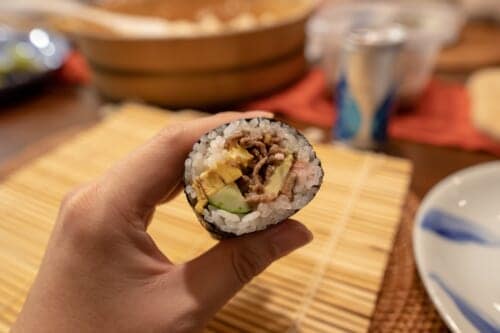
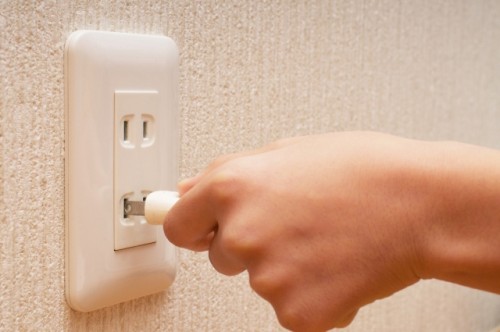
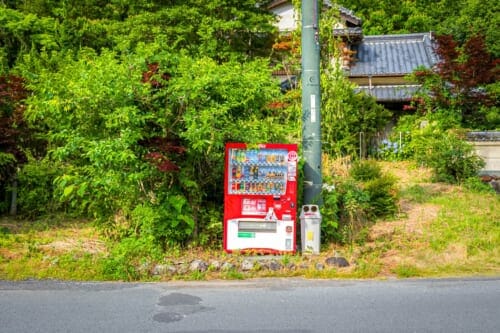
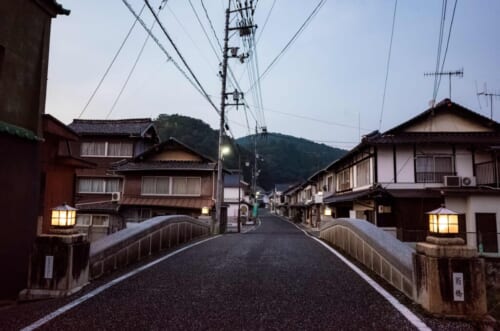


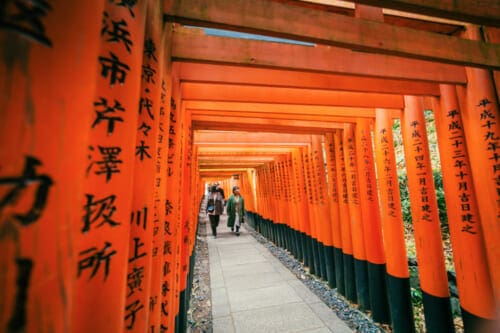
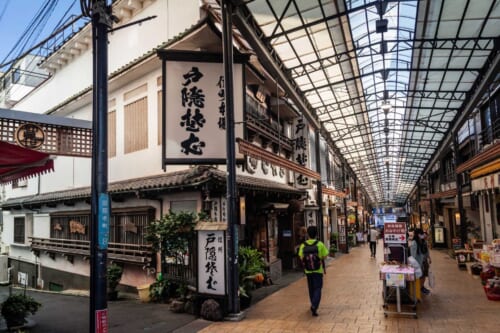
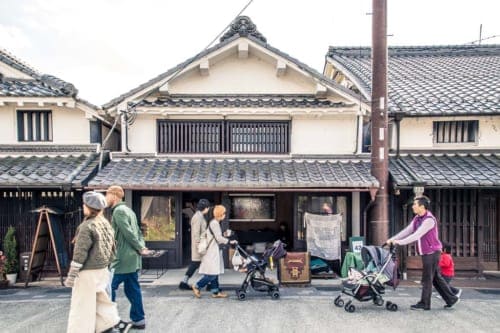



No Comments yet!